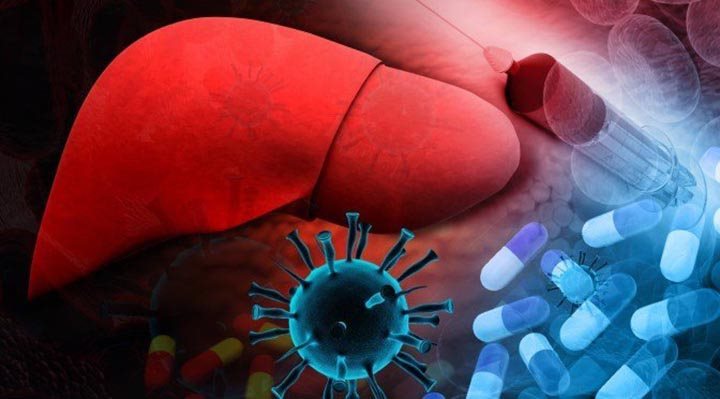Liver cirrhosis occurs when conditions affecting the liver (such as chronic alcoholism or hepatitis B and C) have progressed to the point of creating scar tissue in the liver. Cells that still exist multiply to take the place of irreversibly damaged cells, creating regenerative nodules that in turn create scar tissue. These damaged cells and scar tissue are the key characteristics of liver cirrhosis. Here is a look at the prognosis for individuals with liver cirrhosis.
Why is Cirrhosis So Dangerous?
The cells of the scar tissue that forms in place of damaged cells is not as in sync with the blood that passes through the liver. Rather than receiving most of its blood through arteries, veins are the main blood supplier in the liver. Of its hundreds of functions, part of its work includes detoxifying blood before it goes back to the heart.
Since the regenerative nodules are less efficient because of their more distant relationship with the blood, blood gets backed up—particularly in the portal vein causing portal hypertension. The blood seeks alternate routes through, bypassing the liver and its purification and nutrient implantation, and puts increased pressure on the veins it does choose to travel through. This bypass of blood, the decrease in contact with liver cells, and reduction of the number of active liver cells all make liver cirrhosis extremely dangerous.
Furthermore, signs of liver cirrhosis are often not obvious until it has progressed significantly. Leg and abdominal swelling, jaundice, poor appetite, fatigue, bleeding, bruising, and a variety of other issues can all indicate progressive liver cirrhosis. Additionally, liver cirrhosis is not reversible. Although there are treatments not only for the issues that cause liver cirrhosis but for liver cirrhosis itself, these can only stop or slow the damage, not undo what has already been done.
Prognosis Factors
The methods used to diagnosis liver cirrhosis (along with the issues causing it) include looking at a number of factors. Doctors will likely check the symptoms, imaging tests, biopsy, physical examination including palpating of the liver and spleen, and blood tests for specific things like less efficient clotting abilities are decreased levels of albumin. The results of these things can give doctors an idea of how intense progressed liver cirrhosis has become, which can help develop a more accurate prognosis.
A general prognosis for liver cirrhosis is difficult to give because there are so many factors that influence it. The primary disease or cause of liver damage is pertinent; if the disease itself is treatable, the outlook improves, because the potential is there to remove the chance of ongoing or returning liver damage, whether this means the cessation of alcohol or drugs or treatment for diseases. Ultimately, the best prognosis would be for someone in whom the underlying cause is curable and who receives a liver transplant.
Decompensated cirrhosis, in which many complications are present, has a much worse prognosis than mild cirrhosis that has been diagnosed quickly. The Child-Turcotte-Pugh Classification is used to indicate the severity of liver damage and the chances of survival. Initially, someone with cirrhosis may still have many years ahead of them. However, for more extreme cases as cirrhosis advances, this may be as short as three months or as long as two years.
Featured Image Source: specialty.mims.com








